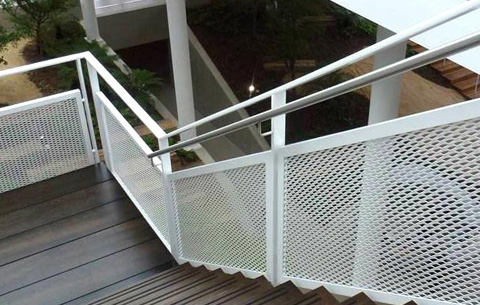The Importance of Outdoor Sound Barriers
In our increasingly urbanized world, noise pollution has become a significant concern for many communities. As cities expand, the sounds of traffic, construction, and other outdoor activities can overwhelm the natural tranquility of residential areas. One effective solution to combat this issue is the implementation of outdoor sound barriers.
Outdoor sound barriers are structures specifically designed to reduce noise pollution from external sources. These barriers can be made from a variety of materials, including concrete, wood, metal, and specialized sound-absorbing materials. Their primary function is to block, reflect, or absorb sound waves, thus minimizing the noise that reaches nearby homes, parks, and other public spaces.
The benefits of installing sound barriers are numerous. First and foremost, they significantly improve the quality of life for residents living near busy roads, highways, or industrial areas. Excessive noise can lead to various health issues, including stress, sleep disturbances, and hearing loss. By reducing noise levels, sound barriers help foster a more peaceful environment, promoting better mental and physical well-being.
outdoor sound barrier

Moreover, sound barriers can enhance property values. Homes situated near noisy thoroughfares can suffer price depreciation due to the undesirable acoustic environment. However, when communities invest in sound barriers, they not only mitigate noise but also increase the desirability of the area. This investment can attract families and individuals looking for a quieter place to live, ultimately boosting local real estate markets.
In addition to their practical benefits, outdoor sound barriers can also serve aesthetic purposes. Modern sound barrier designs often incorporate greenery, art, and unique architectural features. These elements not only improve the visual appeal of the barrier but also contribute to local biodiversity. Vegetative barriers, for instance, can provide habitat for wildlife, support plant growth, and enhance the overall ecology of the area.
Lastly, the construction of outdoor sound barriers can be an important step toward sustainability. Many barriers are being designed with eco-friendly materials and practices, which align with contemporary environmental goals. By minimizing dependence on fossil fuels and promoting the use of renewable resources, the installation of sound barriers can play a role in creating greener urban landscapes.
In conclusion, outdoor sound barriers are a significant enhancement to urban planning and community well-being. By effectively reducing noise pollution, improving property values, adding aesthetic beauty, and promoting sustainability, these structures play a crucial role in creating a balanced, peaceful coexistence between urban development and the needs of residents. As cities continue to grow, investing in sound barriers should be a top priority for planners and community leaders.
-
The Best Metal Mesh Solutions: Expanded Aluminum Metal vs. Expanded Stainless Steel Metal
NewsSep.10,2024
-
Round Perforated Sheets vs. Hexagonal Perforated Sheets vs. Embossed Perforated Sheet Metal
NewsSep.10,2024
-
Perforated Metal Sheets
NewsSep.10,2024
-
Experience The Excellence Of Stainless Steel Grating
NewsSep.10,2024
-
Discover the Versatility Of Metal Mesh Expanded Forming Machines
NewsSep.10,2024
-
Discover The Advantages Of Steel Grating For Sale
NewsSep.10,2024
Subscribe now!
Stay up to date with the latest on Fry Steeland industry news.

